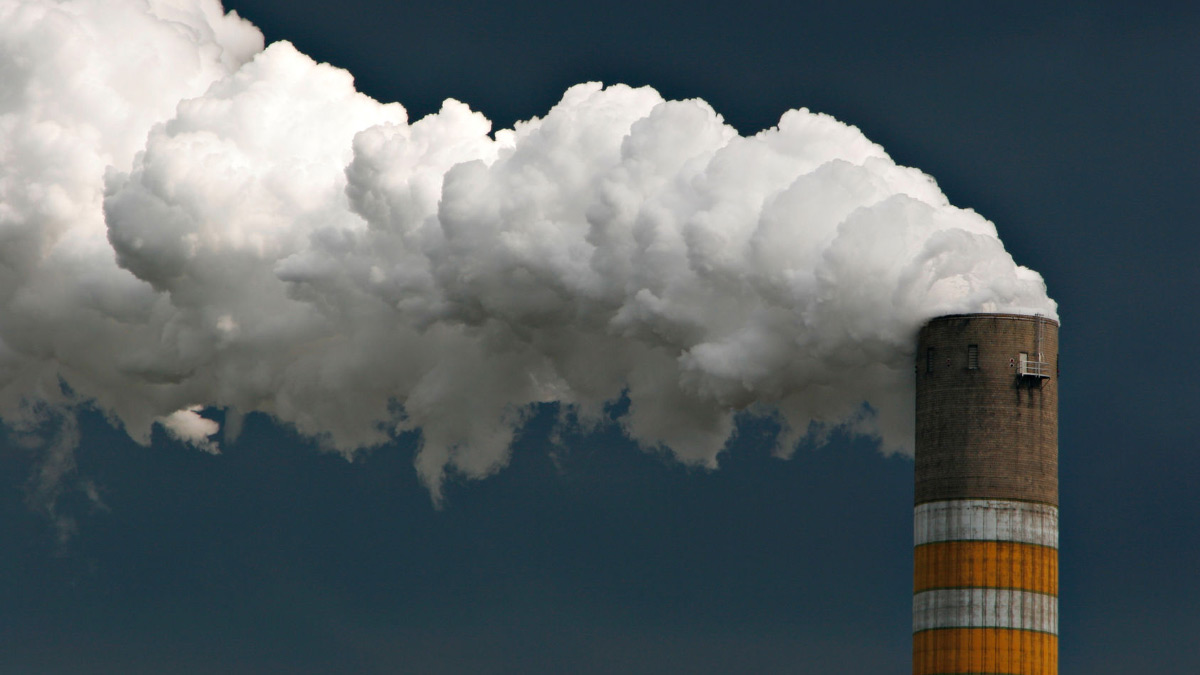In a recently-released special report on global warming, the International Panel on Climate Change warned that “rapid, far-reaching and unprecedented changes in all aspects of society” are required to limit a projected rise in average world temperatures to 1.5 degrees Celsius.
It’s always dangerous to make predictions about the weather, market prices or the ingredients of the legislative sausage produced in state and national capitols to deal with climate change, which has been underway since the Big Bang.
Some commentators, for example, were worried a few months ago about $75 oil, when, as a matter of fact, prices are now fluctuating around $50 per barrel, having fallen by 30 percent in the past seven weeks.Nevertheless, given the irresistible urge to claim that a crisis is at hand and to demand that “something” be done to avert it, it seems safe to forecast that carbon taxes will be back on the public policy agenda, now that Democrats hold a comfortable majority of House seats.
As of February 2018, bills to impose carbon taxes had been introduced in seven states and were being studied in four others. Earlier this month, voters in Washington State rejected a ballot initiative (I-732) to impose a $15/ton tax on carbon dioxide emissions.
They may have objected to some of the spending programs to have been funded by the proposed carbon tax, including, according to Time magazine, “relocating tribal lands threatened by rising sea levels.”
Bad ideas, like Freddie Krueger, die hard, though.
The popularity of carbon taxes on the green left is understandable, if naïve. Imposing a tax on the consumption of anything predictably reduces the quantity of the taxed thing that people are willing to consume. The trouble is that no one knows who will bear the burden of a carbon tax; what economists call tax “incidence.”
It is a widely accepted principle of public finance that taxes rarely stick where they land. No matter what link in the supply chain is legally responsible for collecting a selective sales or excise tax and remitting the proceeds to a state or national treasury, market forces of supply and demand shift some of the tax burden forward and some of it backward.
Final consumers of the taxed good pay higher prices, but retail prices do not rise by the full amount of the tax. The prices of the inputs used to make the final product, including workers’ wages, also fall, but not by the full amount of the tax.
The burden of any tax is shared by both consumers and producers. Because the extent of that sharing depends on numerous technical details about the supply and demand at successive links in the supply chain, the net effect of a selective tax on carbon or anything else is unknown.
It is especially unknowable to the policymakers who set the tax rate, who are remote from buyers and sellers and lack incentives to acquire relevant information because they don’t have any skin in the game.
Politicians therefore routinely are surprised by the “unintended consequences” of the tax policies they adopt. In Philadelphia, for instance, officials have been disappointed by the revenues generated by a 1.5 cent per ounce selective tax on sugary sodas, which consistently have failed to meet expectations.
The reason? Philadelphia’s mayor and others apparently did not think that a tax imposed on soda manufacturers and distributors would lead to higher retail prices (the mayor called such increases “price gouging”) or prompt consumers to buy untaxed soda outside the city limits.
Tax shifting is ubiquitous. Most economists conclude that nearly all of the payroll taxes funding Social Security are borne by employees in the form of lower wage offers. No economist, to my knowledge, has figured out the incidence of the corporate income tax; that is, how much of the tax is paid by shareholders, by employees or by customers. All we know for sure is that corporations do not pay taxes; only people do.
The very complexity of a carbon tax should serve as a warning against its adoption. An “optimal” carbon tax rate is far beyond the severe knowledge limitations of politicians and policymakers.
Anyone who thinks such a tax can be made “revenue-neutral”—that is, offset by cuts in other taxes or returned somehow to taxpayers—is either fatally conceited or living in a fantasy world.











